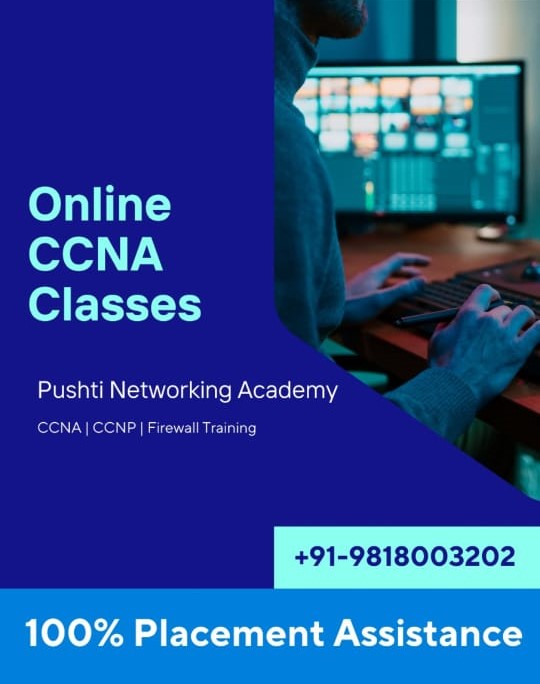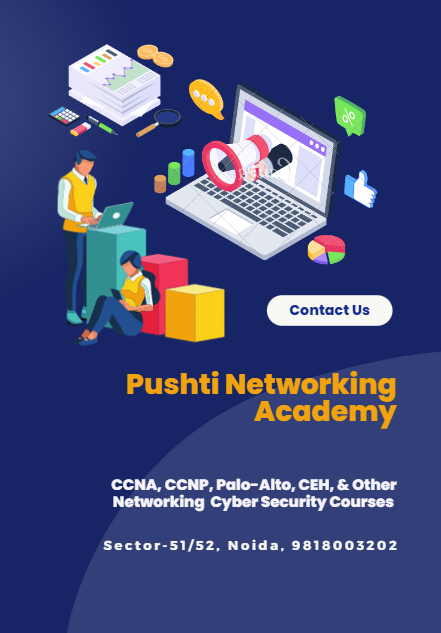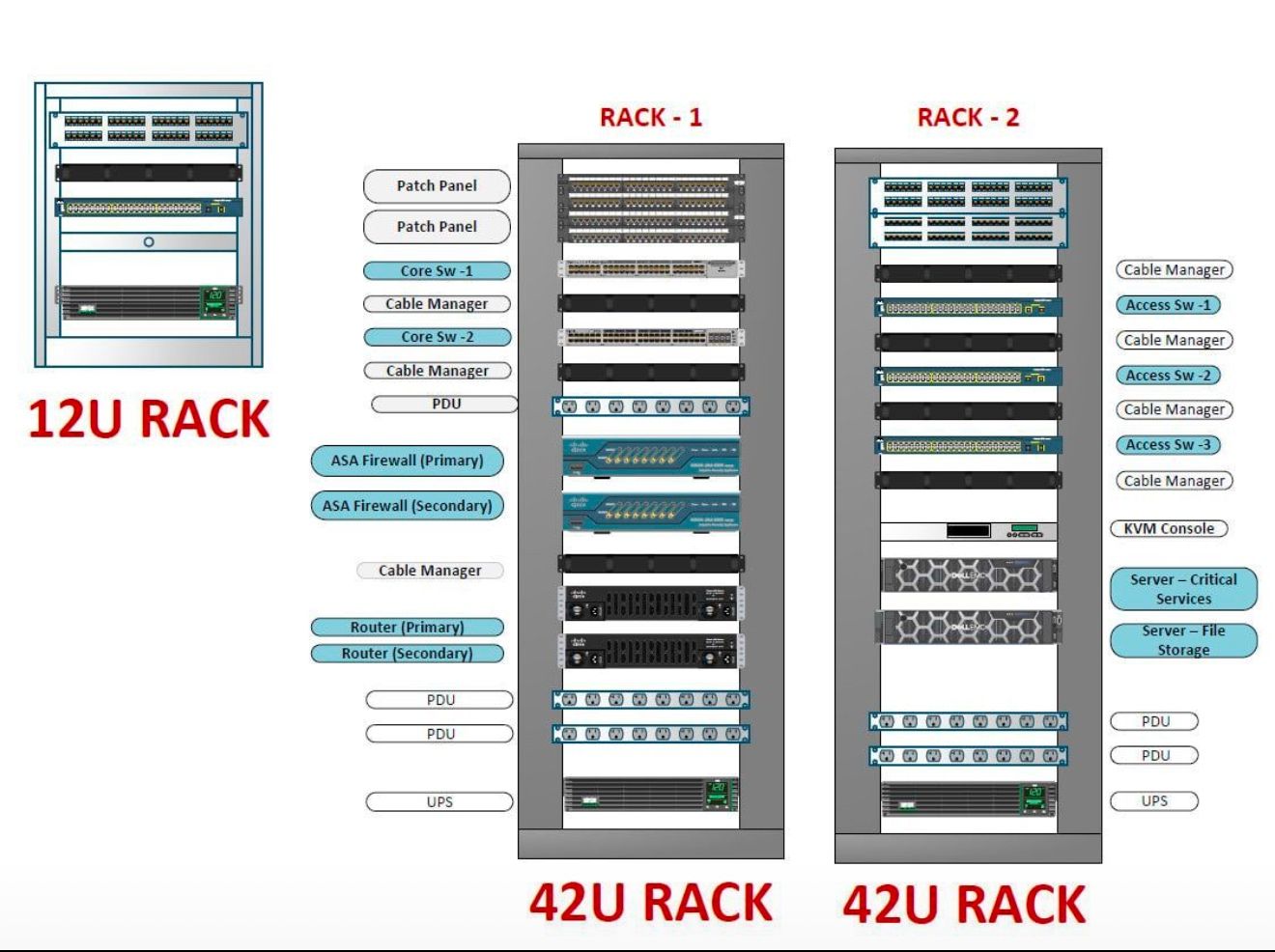Zscaler For Users – Essentials (EDU-200) Exam Solution
Pushti Networking Academy Is Leading Networking, Cyber Security, Software Training Institute In Noida, Uttar Pradesh. We Offer A Wide Range Of Courses, Including Networking, Programming, Cyber Security And Web Development. Our Courses Are Designed To Help You Develop The Skills You Need To Succeed In The IT Industry. Our objective is to train maximum number of students and make them ready for the industry. Hence, Join the best CCNA Training In Noida.
Q. How do most major security breaches begin?
Ans: An attacker finding your attack surface
Q. With Zero Trust, if we use the analogy of publishing your phone number, then:
Ans: Your phone number is unpublished and only authorized parties can call you
Q. SSL inspection is important in order to see:
Ans: What’s good and what’s bad inside a connection, since most connections are encrypted, in order to understand if there is any malware coming in and/or if there’s any sensitive data leaking out
Q. What is typically the second step of a breach after an attacker finds your attack surface?
Ans: Compromise, for example through a phishing link that someone may click, which could infect their machine with malware
Q. The Zero Trust Exchange, Zscaler’s inline security platform, is powered by data centers that sit in how many locations?
Ans: Over 150 data centers globally
Q. How is a SAML assertion delivered to Zscaler?
Ans: The IdP sends it via the user’s browser to the SP
Q. How does Zscaler Private Access authenticate end users?
Ans: SAML
Q. How does Zscaler Internet Access authenticate users? (Select 3)
Ans: SAML, LDAP, Hosted Database
Q. What is the fastest way to change a user’s access entitlements?
Ans: Send different attributes via SCIM
Q. What is used to detect if a SAML assertion was modified after being issued?
Ans: Digital Signatures
Q. You have data centers in New York, San Francisco, London, and Hong Kong. Each data center hosts multiple applications, and all have internet connectivity. What is the MINIMUM number of App Connectors you should deploy for production?
Ans: 8, 2 per DC
Q. What benefits does a Zscaler Tunnel have over other forwarding mechanisms for Zscaler Client Connector?
Ans: Tunnels encapsulate traffic and authenticate to the Zero Trust Exchange
Q. How often does the Zscaler Client Connector check for software updates?
Ans: Every 2 hours
Q. You want Zscaler Client Connector to automatically redirect to your corporate SAML IDP on launch. Which installer options should you configure to do so? (Select 2)
Ans: –cloudName, –userDomain
Q. Which services can coexist on an Application Segment?
Ans: Isolation, Browser Access, and Inspection
Q. Do most organizations around the world inspect 100% of all SSL/TLS encrypted traffic?
Ans: The reality is more nuanced – certain traffic exclusions for healthcare and financial websites may be required depending on the organization’s choice – that is why the Zscaler platform has the ability to bypass SSL inspection for certain categories of websites. Furthermore certain types of latency sensitive traffic such as UCaaS should be bypassed, so organizations rarely inspect of all traffic
Q. How much of an organization’s traffic can Zscaler perform SSL/TLS inspection on?
Ans: Zscaler inspects and decrypts 100% of TLS traffic without constraints
Q. Why is SSL/TLS inspection critical in a security architecture?
Ans: 85-90% of all internet traffic is SSL/TLS encrypted (including threats), as protocols such as HTTP/2 are only delivered over TLS; SSL/TLS inspection allows you to inspect the connection and look at the full payload, including HTTP headers, which is important to be able to block malicious traffic and prevent sensitive data from leaking out of an organization
Q. What is the purpose of the Client Forwarding policy?
Ans: It defines which Application Segments definitions are downloaded by the Zscaler Client Connector
Q. What options for TLS Inspection Certificates are available? (Select 2)
Ans: Zscaler Root Certificate Authority, Customer Root Certificate Authority
Q. What are the two probe types that are configured while configuring an application in the ZDX Administrator portal?
Ans: Web Probe and Cloudpath Probes
Q. The ZDX Web Probe provides which of the following metrics?
Ans: Page Fetch Time, DNS Time, Server Response Time, and Availability
Q. A Cloud Path supports the following protocols for probing: (Select 3)
Ans: ICMP, TCP, UDP
Q. You can operationalize ZDX Alerting by feeding the alerts into your existing tools using: (Select 2)
Ans: Email, Webhooks
Q.ZDX Deep Tracing can be leveraged to get granular data on demand from a user’s device. How granular can the probing frequency get?
Ans: 1 minute
Q. Traditional access control powered by legacy on-prem firewalls are zone-based and provide network-to-network access; why is this ineffective?
Ans: Network-to-network access allows for lateral propagation, which increases the attack surface in the event of a compromise
Q. The way to apply a consistent firewall policy for roaming users is to select the ________ location type in the “All Firewall Filtering Rule” settings.
Ans: Road Warrior
Q. How can Zscaler integrate with third-party firewall configuration management vendors so that customers can create and read firewall rules programmatically?
Ans: Via a full CRUD API so customers can create, read, update, and delete firewall rules
Q. Why is it important for a cloud-gen firewall to implement DPI signatures?
Ans: Evasive apps like BitTorrent can often disguise themselves as coming from a standard port, and it is critical to identify and block these applications
Q. What is the best practice for a cloud-gen firewall in terms of having default rules?
Ans: Block everything and start allowing what your users need to access
Q. How much of an organization’s traffic can Zscaler perform SSL/TLS inspection on?
Ans: Zscaler inspects and decrypts 100% of TLS traffic without constraints
Q. What is the Zscaler Page Risk score?
Ans: The Page Risk score is a slider on the Advanced Threat Protection configuration page, which allows a user to pre-select what level of risk they are comfortable with on particular websites; the risk itself is computed on a scale of 0-100 by looking at several factors including the top-level domain, the user agent, whether certain HTTP headers are missing, whether a high-entropy domain name is being used, and several other factors
Q. What is Ransomware?
Ans: Malware that steals data and encrypts it
Q. How are Newly Observed Domains (NODs) different than Newly Registered Domains (NRDs)?
Ans: NRDs were registered recently, whereas NODs may have been registered some time ago but have never been observed with actual clients visiting them, which makes them suspicious
Q. Once a phishing attack occurs and a user is directed to malicious content, which of the following typically occurs?
Ans: All options listed here
Q. OCR (Optical Character Recognition) is necessary for which of the following?
Ans: OCR helps protect sensitive data in images, image files and handwritten texts
Q. SSPM (SaaS Security Posture Management) enables organizations to find which of the following:
Ans: Cloud misconfigurations and compliance violations
Q. Zscaler offers user notification and coaching via which of the following mechanisms? (Select 3)
Ans: Browser Notification, Slack Connector, Zscaler Workflow Automation
Q. Zscaler offers fully integrated data protection for all channels, which includes: (Select 3)
Ans: Cloud channels such as data in motion or data-at-rest in SaaS applications, Endpoint, Email
Q. Zscaler offers ML based data discovery for many thematic document categories such as: (Select 3)
Ans: Legal documents, Medical records, Images such as passports, driving license, etc.
I hope these answer will help you In CCNA Training For all type of training in CCNA, CCNP, Firewall like Palo Alto, Checkpoint etc. kindly call us at 9818003202. Hence. Pushti Networking Academy is a perfect place to learn new technologies.


